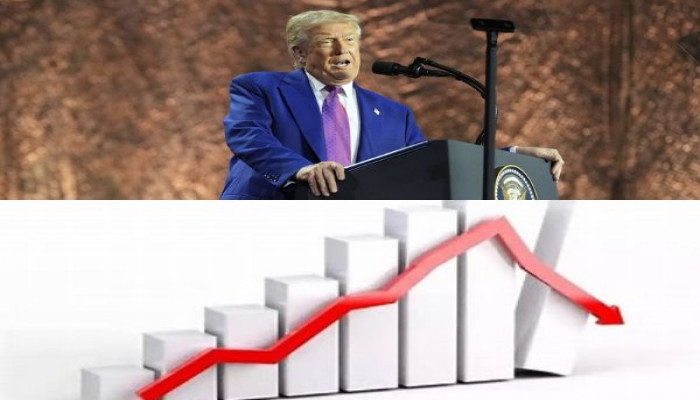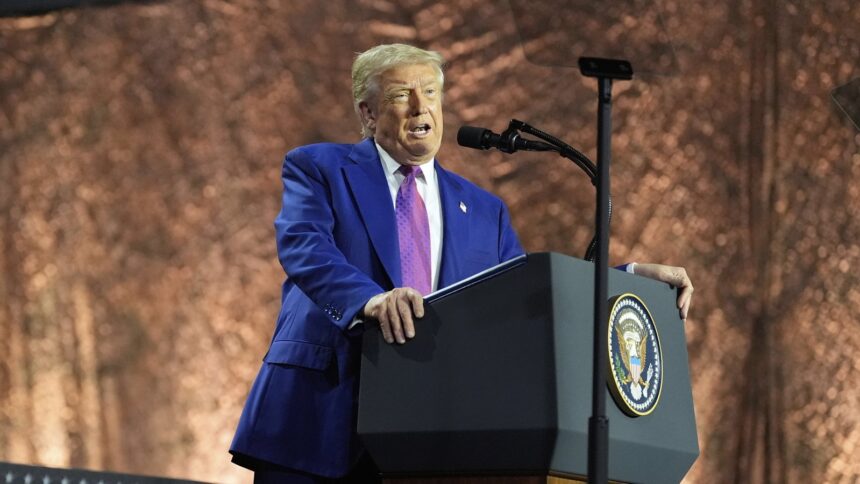Introduction
The Trump administration has proposed a significant new tax policy in its major legislative proposal, dubbed the “One, Big, Beautiful Bill”. This bill includes a 5 percent excise tax on outward remittances from the United States, impacting millions of immigrants and foreign nationals—including a large number of Indians—who send money back to their home countries.
What Is the 5% Remittance Tax?
The bill mandates a 5% excise tax on all international remittance transfers unless the sender is a “verified US sender”, defined as a US citizen or national. The tax is to be collected by remittance transfer providers at the point of transaction and remitted quarterly to the US Treasury.

Notably, the bill does not set a minimum threshold, meaning even small transfers will be taxed unless the sender qualifies for the verified exemption. The tax would apply to transfers made via banks or other remittance service providers, including NRE and NRO accounts.
Who Is Affected?
The tax primarily targets green card holders, H1B visa holders, and other non-citizen residents in the US who regularly send money abroad. According to the Ministry of External Affairs, there are about 5.4 million overseas Indians in the US, including roughly 3.3 million Persons of Indian Origin (PIOs). Most hold temporary work visas or green cards but have not yet obtained US citizenship.
Implications for India
India is the world’s top recipient of remittances, with an estimated $129 billion inflow in 2024, according to the World Bank. The US accounts for nearly 28% of India’s total remittances—a share that has increased steadily over recent years.
If implemented, the 5% tax could increase the cost of sending money home for many Indian expatriates, potentially reducing remittance volumes or encouraging alternative, informal transfer methods. Since remittances play a vital role in supporting low- and middle-income households in India, any reduction could have economic consequences.
Exceptions and Refunds

The bill allows for a refundable tax credit for those with valid Social Security numbers who pay the excise tax, which may soften the financial burden for some taxpayers. However, the practical details of verifying “US senders” and processing credits remain unclear.
Conclusion
The proposed 5% tax on remittances in the One, Big, Beautiful Bill signals a new era of scrutiny over money flows from the US to other countries. For the Indian diaspora—one of the largest and most economically significant groups sending remittances—this tax could translate into higher costs and financial strain for families dependent on these transfers. Observers await the bill’s progress and its ultimate impact on bilateral economic ties and migrant communities.









